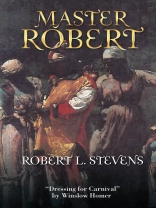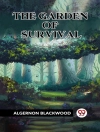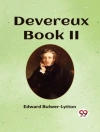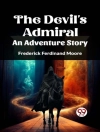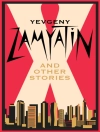Men are creatures of the time in which they live and take their color from the conditions that surround them, as the chameleon does from the grass or leaves in which it hides.from Master Robert
Life is unpredictable. Like a hurricane that descends without warning, it wreaks havoc, destroys fields and property, and brings peril to those in its wake. An event over which we have no control can dramatically affect our lives. Amos and Amelia, surrogate children of Robert Stafford, a wealthy planter from Cumberland Island, Georgia, grow from youth into adulthood during the Civil War. Master Robert is eccentric. He has Northern sympathies yet lives in the South, marries his mulatto slave, sires six children, and creates a peculiar society. His slaves have more freedom than those on any plantation in the South. The ominous and precipitous events of the war threaten his plantation and his life. Amos and Amelia, pulled like a riptide into this maelstrom, witness the evacuation of Fernandina, the largest naval invasion in US history, the burning of Master Roberts cotton shed, carry a message to a blockade runner, celebrate Jonkonnu, a slave holiday, and grieve at their mothers funeral. Master Robert captures the life and spirit of plantation society during the Civil War.
It is refreshing to see several current movies and books such as Mrs. Lincolns Dressmaker, Lee Daniels The Butler, and Master Robert all imparting the perspective of the slave or former slave. In the case of Master Robert we get the opportunity to see life on a plantation through the eyes and ears of slave twins, Amos and Amelia.
Mary Smith, Past President, Texas Social Studies Supervisors Assocaition, member of the Texas Council for the Social Studies abd currently an educational concusltant.
Об авторе
Robert L. Stevens’s debut novel, Master Robert was awarded the 2014 First Place in Civil War Historical Fiction prize by the Texas Association of Authors (TAA). In 2015, Stevens won TAA’s first place award for his short story “Weather Breeder.” He taught Georgia social studies and science teachers for eleven years on Cumberland Island, the setting for Master Robert. He has published five books in social studies education and written more than fifty articles for national and state journals including Social Education, OAH Magazine of History, and Social Studies Texan. He is a professor of education at the University of Texas at Tyler.
